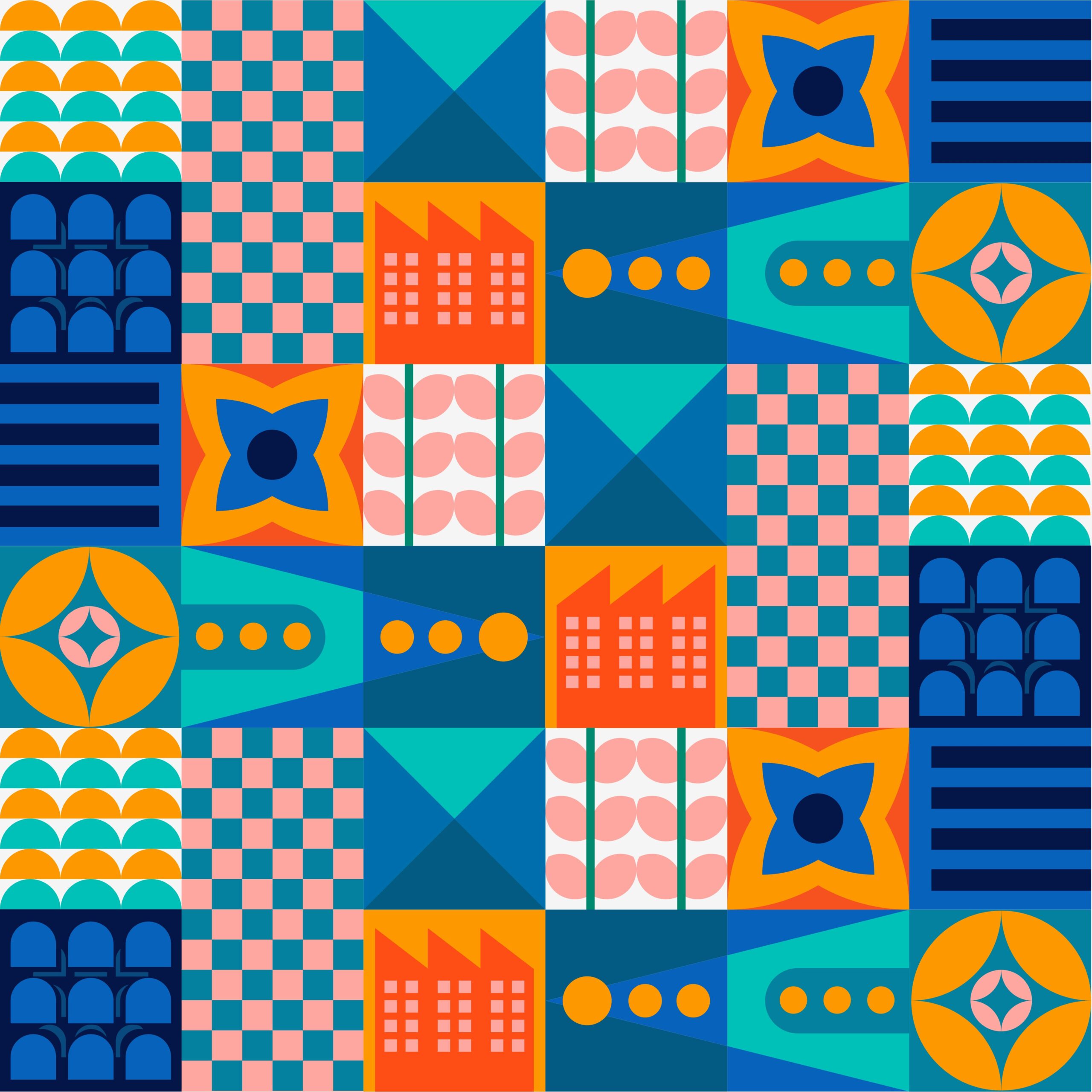Hello to all of you walking down the path of music production! Today, I’ll be explaining how to create a sense of ‘groove’ in drum programming using a Digital Audio Workstation (DAW). Our focus for this article is ‘ghost notes’.
(more…)Tag: Beatmaking Tips
-
Creating Beats: Resources and Learning Methods

1. Introduction
Beatmaking is an essential element of music production and a highly universal skill in the modern music industry. It involves combining rhythm and melody to create captivating beats. In this article, we will provide an explanation of the basic process of beatmaking and the necessary tools involved, ensuring that even beginners can understand.
(more…) -
Not Selling a Single Beat on BeatStars!? A Guide to the Solution

Hello, dear music enthusiasts. Today we’re going to talk about BeatStars, the music production platform. On this platform, where many people deliver the beats they’ve made themselves to people all over the world and earn rewards, I want to provide some tips and guidelines for those who are struggling with “not being able to sell a single beat.”
(more…) -
Hip Hop Beat Creation Tips: Effectively Utilizing the Downbeat

In hip hop beat creation, achieving a unique groove is key. Adjusting sound timing can add swing, but misaligned sounds often cause interruptions during loop playback. Here’s a simple fix:
Many hip hop beats include sounds that hit just before the downbeat (the first beat of a bar) to create a distinct swing. Aligning the downbeat with the grid’s start can cause interruptions when arranging loops. To avoid this, shift the downbeat slightly back and align pre-downbeat sounds with the grid’s start. This ensures seamless playback and enhances the groove.
This subtle technique improves rhythm flow and elevates your beats. Next time you’re crafting a beat, try shifting the downbeat for a smoother, more dynamic sound. Keep innovating—your best beats are yet to come!
-
Embrace the Lo-Fi Sound with Retro Sampling Techniques

The evolution of technology has significantly transformed the tools and techniques of music production. However, there’s a certain nostalgia associated with the old ways that seems to be fading away. Today, I want to reintroduce you to one of those old methods that can take your music to an entirely new level.
(more…) -
Non-Destructive Editing: A New Horizon in Waveform Editing

The world of audio editing offers infinite possibilities to music and audio technicians. One such innovation is ‘non-destructive editing’ in waveform editing. This article will elaborate on the importance of non-destructive editing and its benefits.
(more…) -
Layering Sounds Effectively

Struggling with your kick and snare getting buried in the mix? Instead of relying solely on EQ and compression, try layering multiple sounds.
For a kick drum, combine a thick, less-defined kick with a thinner, punchier one to create a fuller sound. The same goes for snares—mix sounds with different characteristics to complement each other. Adjust the volumes, bounce the layers into a single track, and save the new sample for future use.
Layering often achieves better results than effects alone. Experiment with this technique, push your sound design, and create something uniquely yours.
-
Ableton Live Tutorial for Beginners

1. Introduction
What is Ableton Live?
Ableton Live is a powerful digital audio workstation (DAW) for music production, composition, and live performances. Thanks to its unique interface and advanced features, it serves as a reliable tool for music creators of all levels.
(more…) -
How the Number of Tracks Determines the Thickness of Your Mix

Let’s explore how the number of tracks shapes the “thickness” of a mix—a key factor in achieving rich, full sound in music production.
Tracks refer to individual audio or MIDI layers in a composition, each representing instruments or vocals. While more tracks can enhance texture and depth, adding too many indiscriminately may result in a cluttered, muddled mix.
Balancing thickness requires understanding each track’s role and ensuring their harmony. Bass adds body, highs provide detail, and careful volume adjustments preserve balance. Tools like EQ and compression are crucial to prevent clashing frequencies and refine the mix.
Ultimately, it’s not just the track count but how you manage them that defines the quality of your mix. Experimentation and experience are essential on this journey of sonic exploration.
-
Synth Sound Design Basics

Synthesizers are versatile tools for creating unique sounds. Here’s a quick guide:
- Understand Waveforms & Synthesis:
- Waveforms: Sine (pure), Sawtooth (rich), Square (buzzy), Triangle (soft).
- Synthesis Types: Subtractive (filters), Additive (harmonics), FM (modulation), Wavetable (pre-recorded tones).
- Oscillators: Select waveforms:
- Bass: Sawtooth/Square.
- Leads: Sharp Sawtooth.
- Pads: Smooth Sine/Triangle.
- Layer and detune for richness.
- Filters:
- Low-pass: Smooth tones.
- High-pass: Sharp edges.
- Adjust cutoff and resonance for character.
- Envelopes (ADSR):
- Shape dynamics: Long attack/release for pads, short for plucks.
- LFOs:
- Add movement: Vibrato, pulsing, or wah-wah effects.
- Effects:
- Polish with reverb (depth), delay (echo), chorus (thickness), or distortion (grit).
- Modulation:
- Use a matrix to link sources (LFOs, envelopes) to destinations (pitch, filters, etc.).
- Final Touches:
- Layer, automate, and refine for project-ready sounds.
Experiment and have fun!
- Understand Waveforms & Synthesis:
